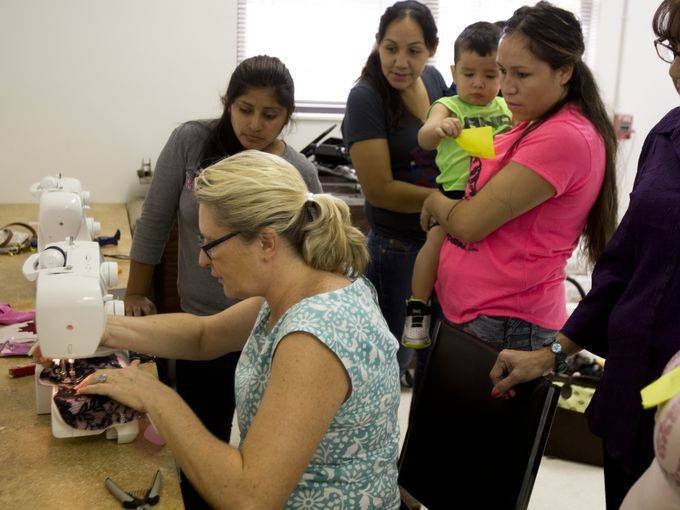Migrant Workers’ Lives Are Uprooted by Storm
Usually Robert Torres would be in the fields now, preparing the flat, marly ground for young tomato plants set in rows that run straight into the horizon. But not this year. Not after Hurricane Andrew. “Sometimes it’s hard to believe all this,” Torres, 35, said Monday. A big man, Torres was sitting in a folding chair under a beach umbrella stuck in the lawn of his brother’s wind-racked house in the Everglades Labor Camp, about five miles south of here.
Read the article Migrant Workers’ Lives Uprooted
